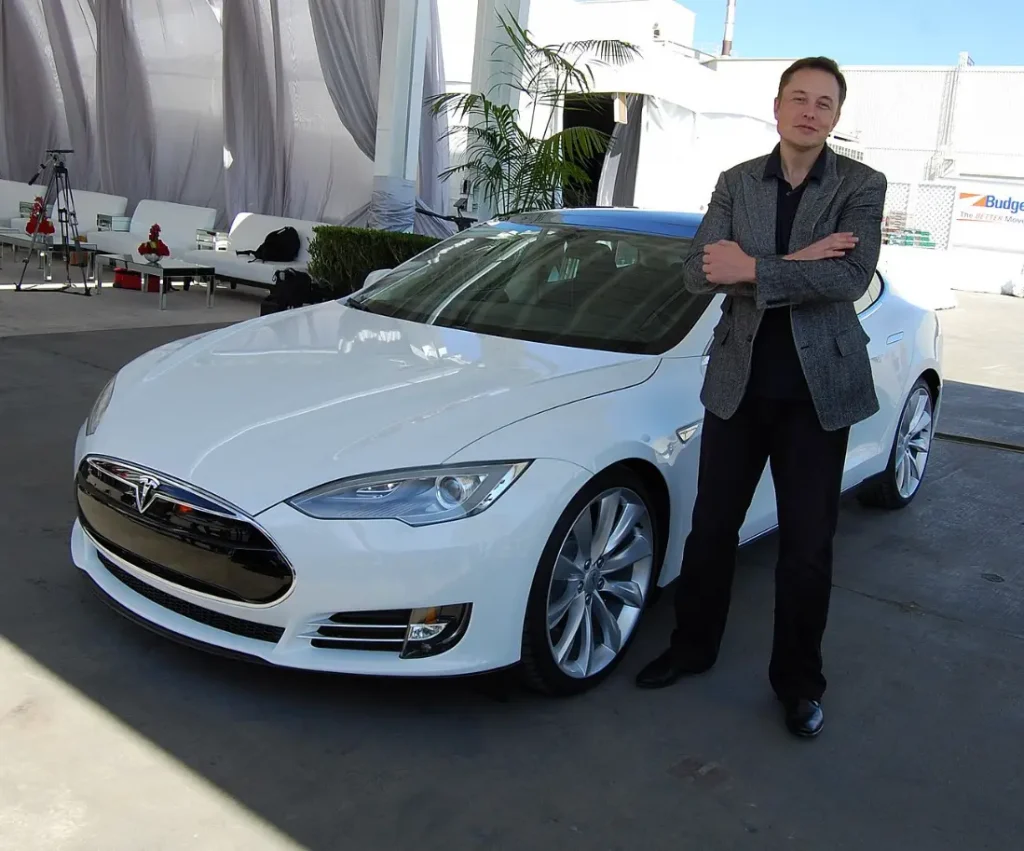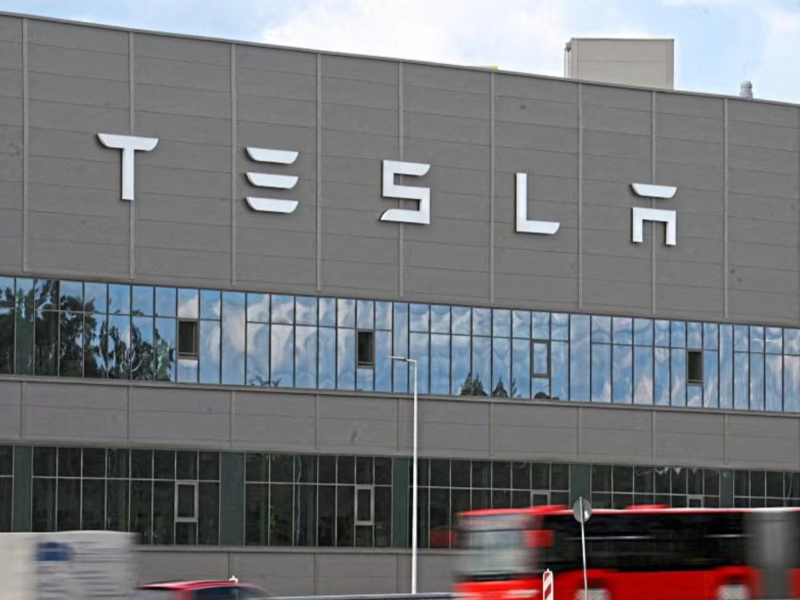- Tesla’s policy of global price cuts, coupled with recent share price declines and shifting market expectations, suggests that the company is facing unprecedented sales pressure and a risk of dropped profits.
- The Cybertruck accident and questions about the viability of its design further highlight Tesla’s challenges with new product delivery and safety.
- Elon Musk’s political stance and public statements, as well as adjustments to Tesla’s long-term strategy, are affecting the company’s public image and consumer confidence.
From global price-cutting measures and top-level lay-offs to the attention-grabbing Cybertruck accident, Tesla is facing a myriad of challenges at the moment. Political rhetoric and strategic shifts by company CEO Elon Musk have also put considerable pressure on Tesla’s market performance.
Economic pressure and market reaction
Tesla‘s recent global price-cutting strategy to stimulate demand reflects a deeper issue: slowing demand for car purchases in a high-interest rate environment. The price cuts cover several key markets, including the US, China and Germany, and involve both Model 3 and Model Y models.
This strategy has not received a positive response from the market. Instead, it fuelled market concerns about Tesla’s declining profit margins in its upcoming earnings report.
The earnings report is expected to show Tesla’s revenue declining for the first time and gross margins touching their lowest level in nearly four years, which has certainly fuelled investor fears.
Also read: Tesla’s Full Self-Driving software price drops to $8,000

Product safety and public trust
The Cybertruck accident has put considerable PR (public relations) pressure on Tesla. Although no serious injuries were caused in the accident, it raised public concerns about the safety of Tesla’s vehicle design.
The Cybertruck is a new vehicle that has just begun to be delivered, and its safety has not yet been proven in the wider market.
The accident, which occurred on a California highway and involved a collision between a Toyota driven by a 17-year-old and the Cybertruck, not only tested the structural safety of the Cybertruck but also touched on the reliability of Tesla’s Autopilot technology, although the vehicle was not in Autopilot mode at the time of the accident.
While Tesla’s Autopilot technology is technologically at the forefront of the industry, various accidents continue to cause the public to have reservations about the safety of this cutting-edge technology.
Also read: Are Teslas reliable?
Leadership challenges and strategic realignment
Elon Musk’s behaviour and statements have been the focus of media attention. From supporting right-wing politics to making highly controversial public statements, Musk’s brand and Tesla’s corporate image are beginning to fracture.
Musk’s announcement of a strategic shift to “Robotaxi”, while demonstrating the company’s forward-thinking approach to the future of mobility, has raised doubts in the market about the feasibility and economics of commercialisation in the short term.
This shift in strategy may be indicative of Tesla’s future direction, but in the short term, it adds to investor uncertainty, especially in the absence of detailed information and a concrete roadmap.

